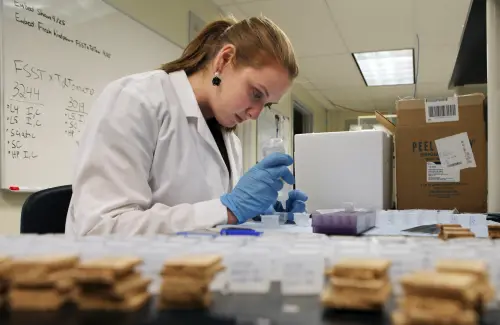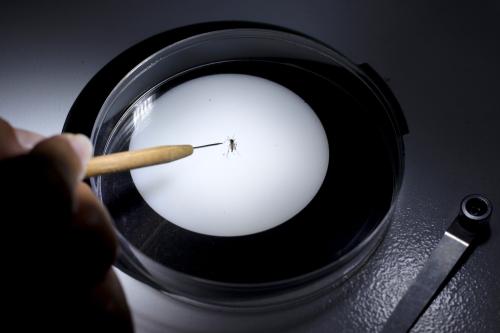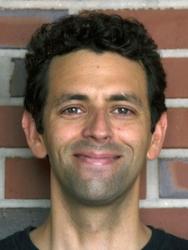Last month, MIT Technology Review reported some shocking news: Chinese scientist He Jiankui claims to have led an unprecedented experiment to genetically edit human embryos and see them carried to birth. He’s results have not been independently verified, but if true, the twins named Lulu and Nana would be the world’s first genetically engineered humans.
The father of the twins is HIV-positive, and according to an Associated Press interview, He said that his motivation for the experiment was “to offer couples affected by HIV a chance to have a child that might be protected from a similar fate.” Decades of research have revealed that CCR5 is a gene that allows HIV to infect a cell. In fact, there is a naturally occurring mutation called CCR5-delta 32 that is found in about 15 percent of people with European heritage, and individuals with two copies of this mutation are resistant to HIV infection. He used the CRISPR/Cas9 gene editing tool to edit CCR5, disable it, and render Lulu and Nana resistant to HIV infection forever.
CRISPR/Cas9
CRISPR/Cas9 as a research tool is relatively new, and more research is needed to understand the boundaries of safe use for human therapy. For these reasons, editing human genes beyond laboratory cell lines or embryo stages of development has been banned in many countries. He proceeded with this work despite a ban in China, and the Chinese government has since ordered an “immediate investigation”. He has confirmed there is a second pregnancy underway with gene-edited embryos, and others could soon appear. Supporters of genetic engineering are excited, but critics of He’s experiments believe that the potential risks outweigh any benefit to be gained. Besides the fact that human gene editing as a therapeutic tool was done in secret, Lulu and Nana would have to live with the consequences and be the harbingers of an uncertain future. Now that this claim has been made, society must prepare for the possibility of genetically engineered humans.
The Cartagena Protocol
Though the wider impacts will play out over time, an immediate concern comes from the international agreement that guides the use and regulation of genetically modified organisms. The Cartagena Protocol on Biosafety to the Convention on Biological Diversity defines a living modified organism (LMO) as one that “possesses a novel combination of genetic material obtained through the use of modern biotechnology” that is “capable of transferring or replicating genetic material.” Lulu and Nana would fall within the definition of an LMO, and for the first time, most if not all regulations mentioned in the Cartagena Protocol apply to humans.
The Protocol allows states to ban imports of living modified organisms if they feel there is not enough scientific evidence of the safety of a product and it requires exporters to label shipments containing them. Under these rules, will Lulu and Nana be prevented from leaving China and traveling abroad? As LMOs, would their reproductive rights be regulated for safety reasons according to the Cartagena Protocol?
The future of genetically engineered humans requires revisiting international agreements and the creation of new laws that protect society and individuals. As the future of genetically engineered humans begins to unfold, the UN Convention of Biological Diversity, scientific societies, and society at large need to come up with solutions. Should the Protocol include a special section with rules and regulations applicable to genetically altered humans, or perhaps exclude them entirely? In its current form, the Cartagena Protocol is inhumane because some of its rules and regulations would violate human rights. For now, we wish the best for Lulu and Nana in the new era that they signal. We hope they will be treated with the respect and dignity that all humanity deserves.










Commentary
How would international agreements on genetically engineered organisms apply to humans?
December 18, 2018